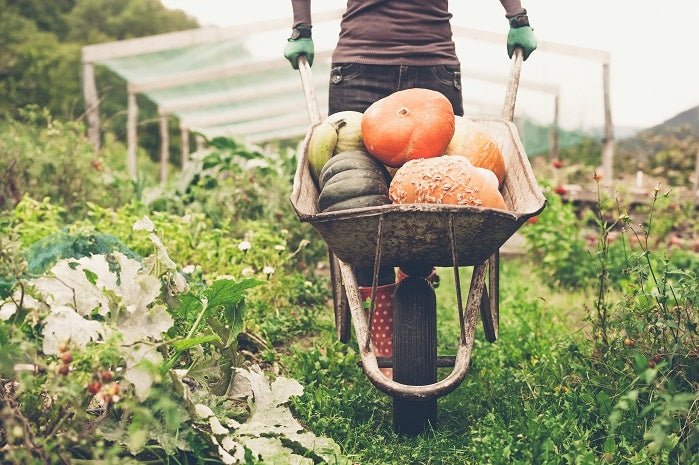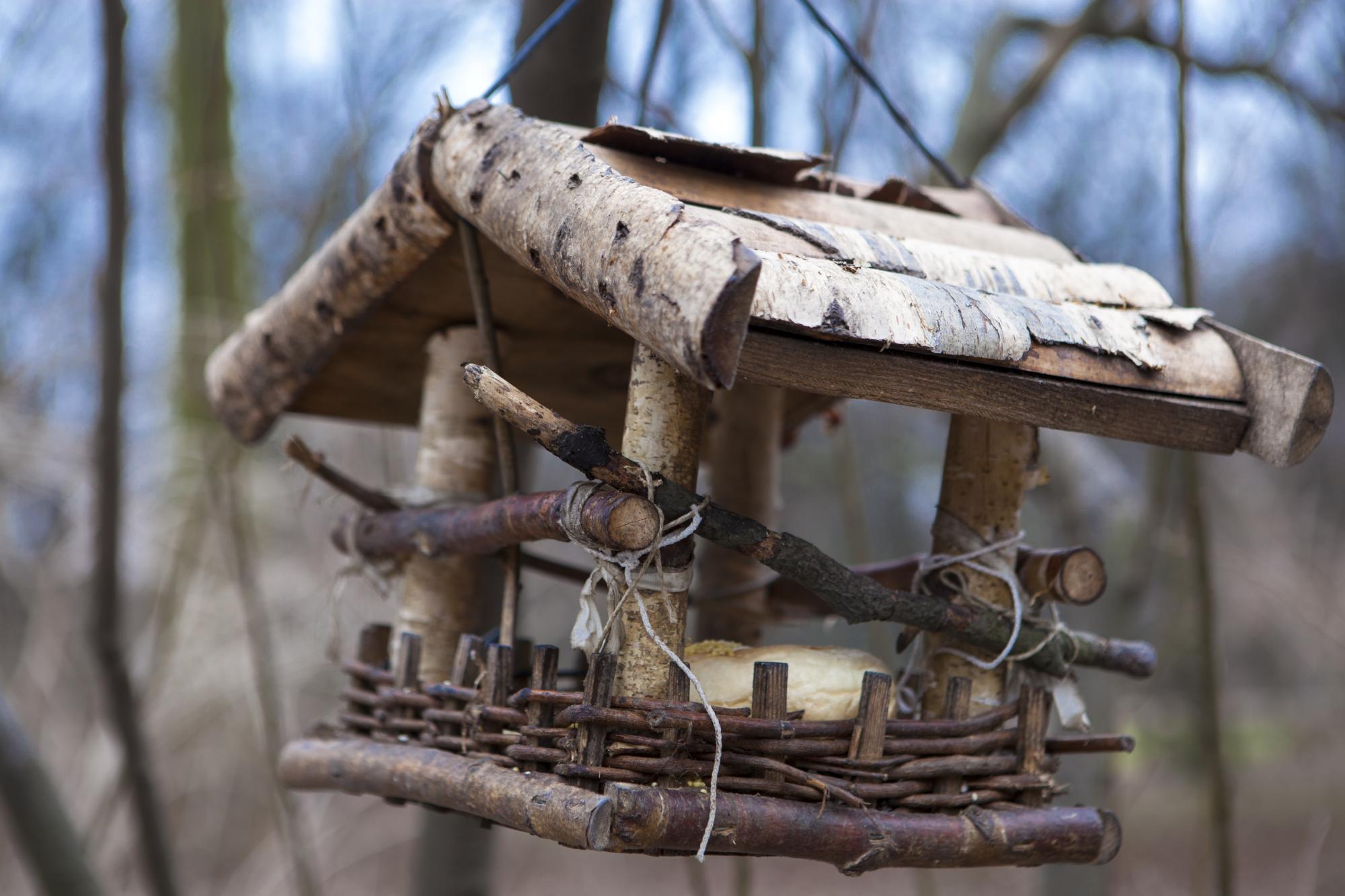
6 Organic Gardening Tips for October
Let the raking begin! Or not. After a beautiful display of fall colors, those pretty leaves will be all over the ground. There are two schools of thought on dealing with fall leaves, but we'll talk more about that at the end of this post. Let's tackle these other chores first to ready your yard and gardens for spring.
n
By Nature's Path
Tags:
Let the raking begin! Or not. After a beautiful display of fall colors, those pretty leaves will be all over the ground. There are two schools of thought on dealing with fall leaves, but we'll talk more about that at the end of this post. Let's tackle these other chores first to ready your yard and gardens for spring. This list of garden chores is loosely based on Zone 5. Adjust for your zone or micro-climate.


1. Continue Harvesting
Continue to harvest what has not been hit by frost. Cover tender plants at night, and uncover them on nice days. You should be able to get greens and lettuce for at least another month!2. Remove & Discard Dead Plants
Remove dead plants and compost them, unless they have been attacked by disease or bug infestations. Add compost or a cover crop to those bare areas. As you clean up flowerbeds, leave some seed heads for birds to snack on. Dried flowers also add visual interest to the winter landscape.3. Hang Bird Feeders
Hang feeders for birds in migration and those coming for winter. Use different types of feeders and food to attract a wide variety of birds. Supply water for drinking and bathing. Get some binoculars and a good identification book for winter entertainment and education!
4. Plant Garlic
Do not use garlic from the supermarket. If you did not order seed garlic last month, check the farmers market for a local garlic farmer. Below I've outlined the short version of how to plant garlic, but here are full details on growing garlic from the Farmer’s Almanac.How to Plant Garlic:
- Add about 3” of compost to your soil, and turn it in to make a well-draining bed with a slightly acidic pH.
- Plant individual cloves 4-6” apart and 2” deep.
- Water in well, and cover with mulch.
5. Plant Spring Flowering Bulbs
Those first flowers of spring are the most heartwarming sign that winter will come to an end! Purchase daffodils, tulips, crocus, muscari, alliums, snowdrops, hyacinth, and many others at a reputable nursery.- Make sure bulbs are not mushy or moldy. They should be firm and fresh.
- Choose a variety of colors, heights, and bloom times for the most spectacular display.
- Check these planting instructions before you get started.

6. Rake or Mulch Leaves
Now about those leaves! When I was a kid, the ritual was to rake up the leaves, pile them in a tarp, and haul it on a wheelbarrow to the back corner of the property to let them decompose. Of course, we had to jump in the piles and ride on top of the tarp – that’s the best part when you’re 6 years old! Raking leaves is not the standard anymore. You can still rake them up and haul them away for compost. That’s not a bad thing. The other and better option is to mulch them right on the lawn, allowing them to decompose adding nutrients to the soil. Run over the leaves with your mower, and leave them there. You may have to do this more than once as leaves continue to fall. No matter what you decide to do, the leaves must be removed from the lawn, otherwise they will smother and kill it. After this month, your organic gardening chores will consist of putting garden tools away and getting out your snow shovels. It will also be time to plan for next year and enjoy some down time!Would you like to be the first to hear about our new products and more? Sign up for our Nature’s Path Newsletter.






